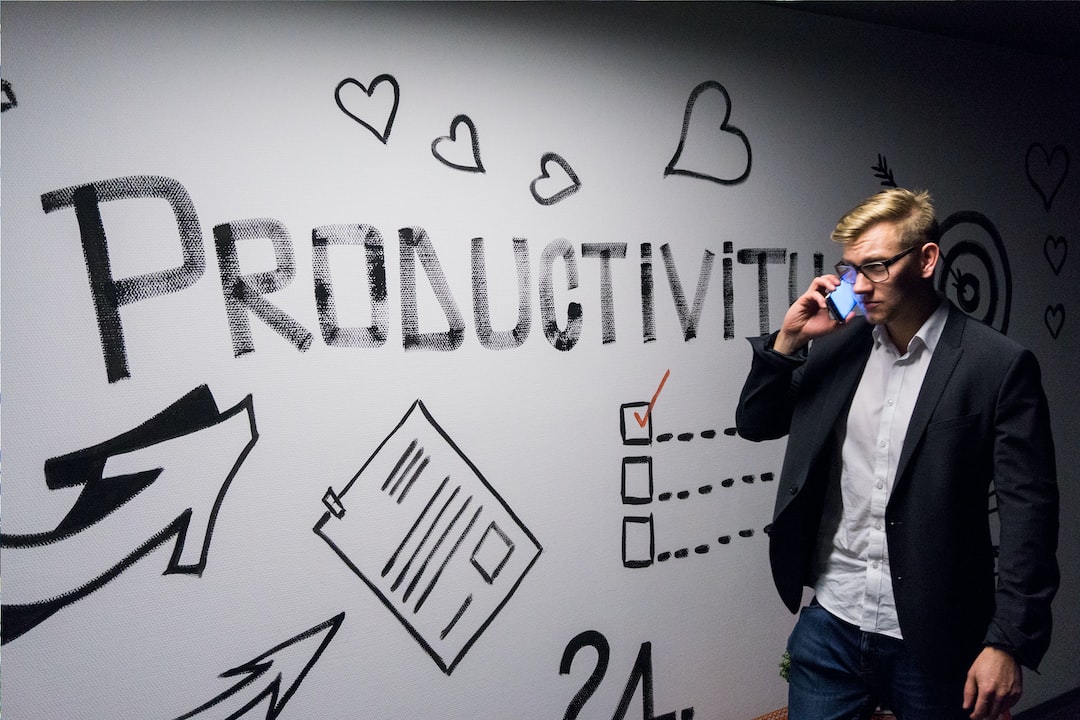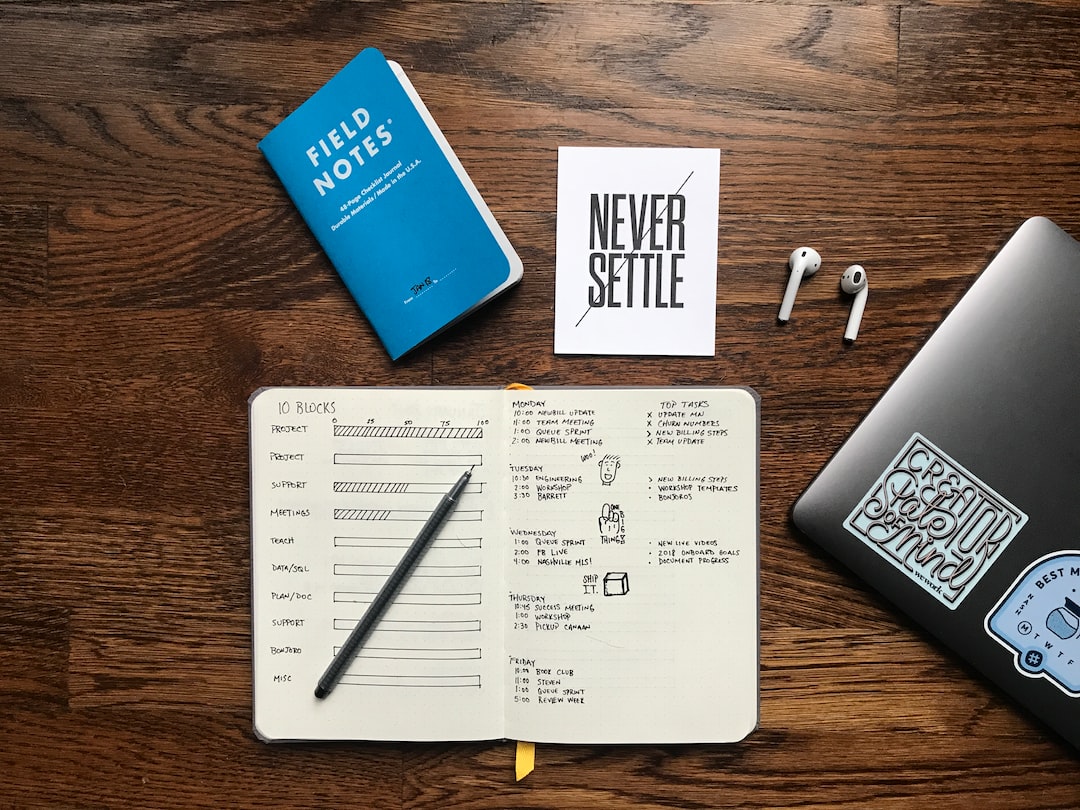The Ultimate Guide to Performance Improvement Plans
The Ultimate Guide to Performance Improvement Plans
1. Introduction
A performance improvement plan (PIP), also known as a performance improvement process, is a formal way to document and improve an employee’s performance. The goal of a PIP is to help the employee address specific performance problems and improve their overall job performance.
A PIP usually starts with a meeting between the employee and their supervisor. During this meeting, the supervisor will identify the areas of concern and explain what the expectations are for improvement. The supervisor will also work with the employee to develop a plan of action. This plan will outline the specific steps the employee needs to take to improve their performance.
The PIP will be monitored on a regular basis, and the employee’s progress will be assessed. If the employee is successful in meeting the goals of the PIP, they will be able to continue working as usual. If the employee is not successful, the next step is usually termination.
Keep reading to learn more about performance improvement plans, including how to create one and what to do if you’re put on a PIP.
https://unsplash.com/ko/@bajkorenata
2. What is a Performance Improvement Plan (PIP)?
A Performance Improvement Plan (PIP) is a tool that employers use to help employees whose job performance does not meet the job’s expectations. A PIP is not a disciplinary document, but rather a tool to help the employee improve their performance.
A PIP includes details of the employee’s job performance expectations, the timeframe for improvement, and the consequences if the goals of the PIP are not met. A PIP also provides an opportunity for the employee and the employer to develop a plan of action and set objectives for improvement.
The PIP is monitored on a regular basis, and the employee’s progress is assessed. If the employee is successful in meeting the goals of the PIP, they will be able to continue working as usual. If the employee is not successful, the next step is usually termination.
https://unsplash.com/@schmaendels
3. Why Use a PIP?
There are several reasons why employers should use a Performance Improvement Plan (PIP). A PIP provides a structured roadmap to help employees improve their performance. It can document an employee’s progress and provide an accountability framework.
A PIP can also improve employee morale, by giving employees the support they need to succeed. When an employee feels supported, they are more likely to take responsibility for their own success.
It can also be used to help managers and supervisors understand what competencies are needed for each job role and to identify development areas. Use of a PIP can also help employers identify training and coaching opportunities to help employees improve. Additionally, use of a PIP can provide protection for employers against wrongful dismissal claims.
https://unsplash.com/de/@minhphamdesign
4. When to Use a PIP
A Performance Improvement Plan (PIP) should be used in a variety of scenarios to help employees to improve their performance. Here are some scenarios when a PIP might be used:
1. When an employee's performance is not meeting organizational standards or expectations;
2. When an employee isn't meeting deadlines or has a poor work attitude;
3. When an employee needs additional training or coaching;
4. When an employee shows disrespect for company policies or other employees;
5. When an employee has made repeated mistakes or displayed inadequate communication skills;
6. When an employee is consistently late to work or has excessive absences;
7. When an employee lacks the necessary skills for promotability;
8. If an employee has performance issues despite previous attempts to resolve them; and
9. When an employee's performance must be improved for organizational or safety reasons.
Using a PIP to document the necessary steps to improve these performance issues can help organizations communicate their expectations more effectively and create a road map to success.
https://unsplash.com/@carlheyerdahl
5. How to Use a PIP
Once you have determined that the use of a Performance Improvement Plan (PIP) is necessary, it is important to use it in an effective manner. Here are a few steps on how to use a PIP to help the employee proceed to the desired performance:
1.Locate the issue: The first step is to assess the employee’s performance. Document any areas that need improvement and the issues that have been creating problems for the employee.
2.Setting goals: Once the issue has been identified, set measurable goals that the employee can work towards during the PIP period.
3.Plan of action: Create an action plan that outlines the steps that the employee must take in order to reach the desired performance. Make sure to provide them with clear instructions and expectations.
4.Provide feedback: Provide regular feedback to the employee on their progress. This will help to ensure that they are on the right track and will reinforce the expected results.
5.Evaluate outcomes: At the end of the PIP period, evaluate the results to determine if the employee has improved or not. Be sure to document the evaluation findings.
https://unsplash.com/@bramnaus
6. PIP implementation tips
Once a Performance Improvement Plan (PIP) has been created, the implementation process should be started immediately. Here are a few tips to keep in mind to make sure that PIP is carried out effectively:
1.Communicate clearly: Make sure to communicate the goals and expectations of the PIP with the employee, and ensure that they understand what is expected of them.
2.Provide resources: Make sure that the employee has access to the resources they need to complete the PIP. This can include mentoring, training, or other forms of guidance.
3.Monitor progress: Monitor the progress of the employee regularly to make sure that they are meeting the expectations of the PIP.
4.Be consistent: Make sure to be consistent in all aspects of the PIP such as deadlines, goals, and follow-up meetings.
5.Be flexible: Be flexible when necessary; it can be beneficial to make changes to the PIP as needed, based on the feedback from the employee.
https://unsplash.com/@finesite
7. What to Do After the PIP is Over
When the Performance Improvement Plan (PIP) is completed, it’s important to have a plan in place to ensure that progress is maintained. Here are a few tips to keep in mind for post-PIP management:
1. Evaluation: Evaluate the success of the PIP and identify any areas for improvement.
2. Monitor: Monitor the employee’s progress regularly.
3. Reward: Provide rewards for improvements and good performance.
4. Goal setting: Set goals for the employee to continue to grow and improve.
5. Repeat: If necessary, consider repeating the PIP process to ensure that desired results are achieved.
By following these tips, organizations can ensure that employees continue to reach their potential and maintain positive progress.
https://unsplash.com/@anete_lusina
8. Sample PIP Documents
Most organizations develop Performance Improvement Plan (PIP) documents for their employees. These documents outline the standards of performance expected by the employer, the expected timeline for improvement, and the consequences for failure to meet criteria.
Sample PIP documents will generally include:
1. Goals: A specific list of goals that need to be achieved by the employee.
2. Time frame: Defines the start date of the PIP, as well as the duration and desired end date for achieving the goals.
3. Resources: Information on what resources the employee can access to help them achieve their goals.
4. Coaching: Information on how often and where coaching will take place.
5. Feedback: Information on how often and where feedback will be provided.
6. Action Plans: Step-by-step plans of action that define how the goals will be achieved.
7. Consequences: Guidelines for consequences in the event of failure to meet the goals.
These sample PIP documents can be used to outline the expectations of both the employer and employee and provide a roadmap for success.
https://unsplash.com/@mattragland
9. PIP Resources
Performance Improvement Plan (PIP) resources can take many forms and are typically designed to help employees progress through their plan quickly and effectively. Resources can be used as either a stand-alone element of the plan or integrated throughout various phases.
Some PIP resources include:
1. Self-Assessment: This is a tool that helps employees identify their own strengths and weaknesses and make appropriate improvements.
2. Coaching: This helps employees better understand their responsibilities and cultivate an effective working relationship with their manager.
3. Training: This provides employees with hands-on, practical, and relevant instruction related to their performance improvement plan.
4. Online Courses: This is a great way for employees to access industry-specific classes, webinars, and educational materials.
5. Classroom Seminars: This provides employees with an interactive and engaging way to learn more about the subject matter related to their PIP.
6. Performance Metrics: This could include measurement systems like goal setting and tracking, customer feedback surveys, customer service scores, and time management metrics.
7. Company Intranet and Documents: Making sure employees have access to the company’s intranet and relevant documents can help them stay on top of their work and gain a better understanding of their role.
The resources used for a PIP should be tailored to the employee’s needs and
For any question, please contact us in OpenTimeClock.com. https://www.opentimeclock.com.
Created with the Personal Edition of HelpNDoc: Experience the Power and Simplicity of HelpNDoc's User Interface







